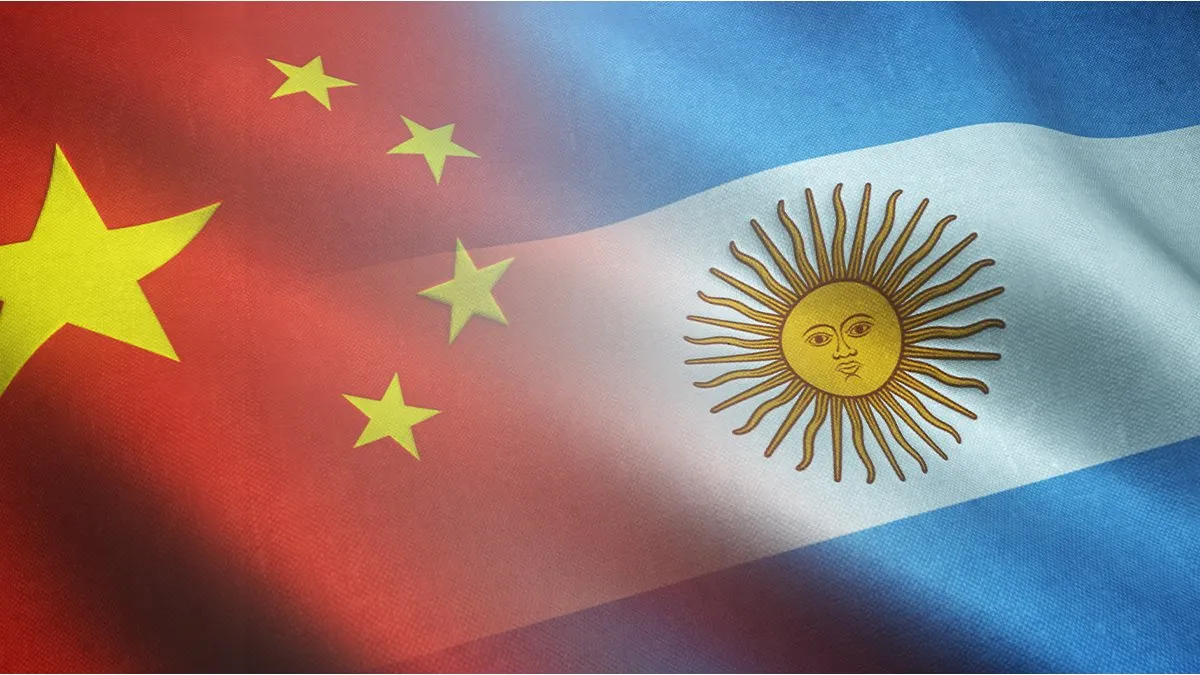Argentina’s trade landscape has shifted dramatically: for the first time in decades, Brazil is no longer the country’s top trading partner. China has taken the lead, driven primarily by a surge in purchases of oilseeds and agricultural commodities. According to recent data, Chinese imports of Argentine products reached USD 1.816 billion, marking the highest figure in the entire historical series.
In September 2025, Argentina’s foreign trade balance closed with a USD 921 million surplus, virtually unchanged from the same month last year. Data compiled by consulting firm ABECEB based on INDEC figures show that exports rose 16.9% year-on-year, while imports increased 20.7%. Despite the balanced outcome, analysts noted that the composition of trade flows reflected shifting global dynamics and domestic economic adjustments.
Trade Activity at a Three-Year High
Overall, Argentina’s foreign trade reached its highest level in three years, maintaining 22 consecutive months of surplus. However, the rise in imports was partially linked to companies accelerating purchases ahead of potential changes in the exchange rate regime after the national elections. Businesses sought to shield themselves from uncertainty, leading to a spike in external purchases.
Total imports in September amounted to USD 7.207 billion, showing strong momentum in consumer goods, particularly semi-durable (USD 69 million) and durable goods (USD 56 million). The automotive sector stood out with a 68.6% year-on-year increase in value, driven mainly by Chinese automakers such as BYD, which benefited from tariff exemptions for electric and hybrid vehicles. These incentives allowed Chinese brands to capture a significant portion of Argentina’s import quota in this category.
Soybeans Lead the Export Boom
On the export side, soybeans and related products remained the powerhouse of Argentina’s trade. The ongoing tariff war between the United States and China created favorable conditions for Argentine soy exports, as Chinese buyers sought alternative suppliers. Additionally, the temporary suspension of export duties served as a strong incentive for agricultural producers, further boosting shipments abroad.
“The combination of external demand and domestic tax relief positioned Argentina as a competitive supplier at a crucial moment for global commodity markets,” noted ABECEB analysts.
Currency and Reserve Challenges Persist
Despite the positive trade figures, broader macroeconomic challenges remain. In April, Economy Minister Luis Caputo had stated—following the IMF bailout—that Argentina’s foreign reserves would reach USD 50 billion. However, even with additional support from the United States, that target appears increasingly unlikely to be met.
Economists point out that while the trade surplus offers some breathing room, it is not sufficient to offset structural imbalances or stabilize the local currency without deeper policy adjustments.
A New Phase in Argentina-China Relations
The rise of China as Argentina’s top commercial partner marks more than a statistical milestone—it reflects a strategic realignment in Argentina’s trade priorities. The Asian giant’s growing appetite for Argentine agricultural goods, combined with its expanding presence in the local automotive market, underscores the deepening economic interdependence between the two nations.
As global trade patterns continue to evolve, Argentina’s challenge will be to balance its growing reliance on China with the need to maintain diversified markets and sustainable industrial growth at home.

